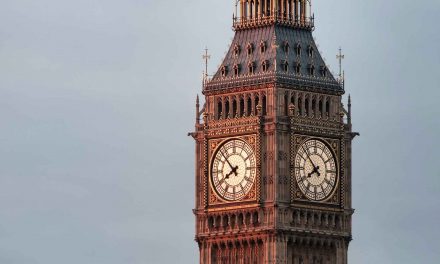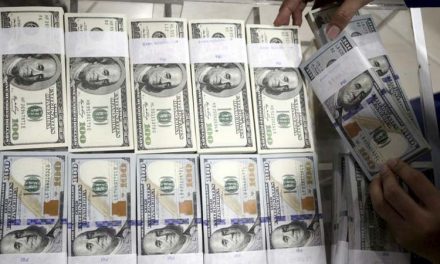Rodrigo Duterte claimed the presidency of the Philippines in May 2016, and six months later Donald Trump won the U.S. presidency, capping a year of electoral surprises around the world. While Trump’s first months in office have had a major impact on worldwide perceptions of the U.S., people in the Philippines still like the U.S. and have confidence in its leader. But Filipinos also share positive views of China and its leader, President Xi Jinping. And overall, the perception gap between the U.S. and China in the Philippines is narrowing.
Despite efforts by Duterte to build better relations with China, Filipinos’ attitudes toward China and its leader have not changed much since 2015. But opinions of the U.S. and its president, though still strong, are down from their Obama-era highs. As of this spring, 78% in the Philippines have a positive view of the U.S., down from 92% who expressed positive sentiment in 2015. And despite Filipinos being the most pro-Trump nation in Pew Research Center’s spring 37-country survey, confidence in Trump now is lower than trust in then-President Barack Obama was in 2015. Currently, 69% have confidence in Trump to do the right thing in world affairs, compared with 94% who expressed such confidence in Obama in 2015.
Despite these drops, people in the Philippines still support the U.S. military presence in the region and say that the U.S. would defend them should they get into a conflict with China. Three-quarters say having U.S. military personnel based in the Philippines is a good thing for the country and 68% assume the U.S. would use military force to defend their country from China. The U.S. has been involved militarily with the Philippines dating back to 1898, when U.S. forces seized the islands in the Spanish-American War. A U.S. military presence remains, despite Filipinos having gained their independence in 1946.
In addition to continuing support of U.S. military backing for their nation, Filipinos in recent years have softened their stance on their sometimes fraught relationship with China. Today, two-thirds say having a strong economic relationship with China is more important for ties between the two nations, while 28% say being tough with China on territorial disputes is more vital. This represents a dramatic shift since this question was last asked in 2015; at that time, Filipinos were almost evenly divided between forging a strong economic relationship with China (43%) and being tough on territorial disputes (41%).
And on global economic status, about half of Filipinos (49%) say that the U.S. is still the leading economic power, but that is down from 66% who said this in 2015. Meanwhile, a quarter now name China as the world’s leading economy, up from 14% the last time the Philippines was surveyed.
In terms of international threats, as government forces continue to battle Islamic militants in the south of the country, seven-in-ten Filipinos say that ISIS poses a major threat to their country. While ISIS is named as the top threat in the Philippines, many in the country also see climate change (65%) and cyberattacks (64%) as major security concerns for their country. And nearly half (47%) name China’s power and influence as a major threat, almost double the share of people in the Philippines who name the U.S. as a major threat (25%).
Domestically, despite international concerns leveled by various governments regarding Duterte’s controversial clashes with drug cartels and potential human rights violations, the Filipino leader and his policies are widely popular. Fully 86% have a favorable view of Duterte himself, 78% support his handling of the illegal-drugs issue and 62% say that the Philippine government is making progress in its anti-drug campaign.1 Meanwhile, 78% believe the current economic situation is good and 57% are satisfied with the direction of the country, a 21-percentage-point increase from 2014, the last time this question was asked in the Philippines.
These are among the main findings of a survey conducted by Pew Research Center in the Philippines from Feb. 26 to May 8, 2017, among a nationally representative sample of 1,000 adults.








MOST COMMENT